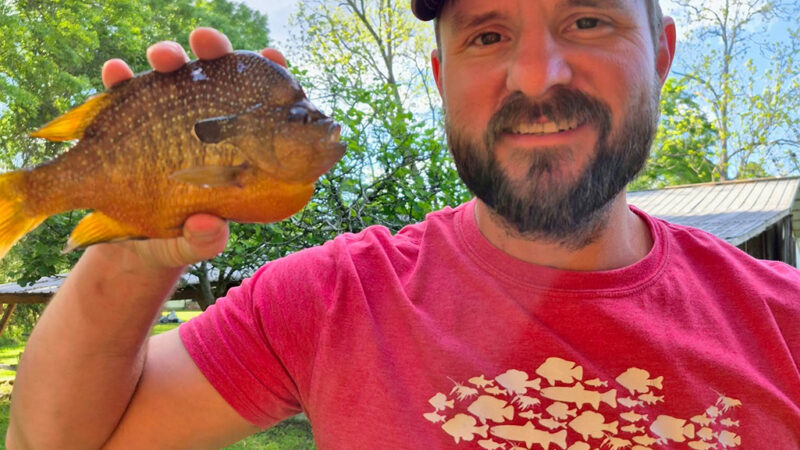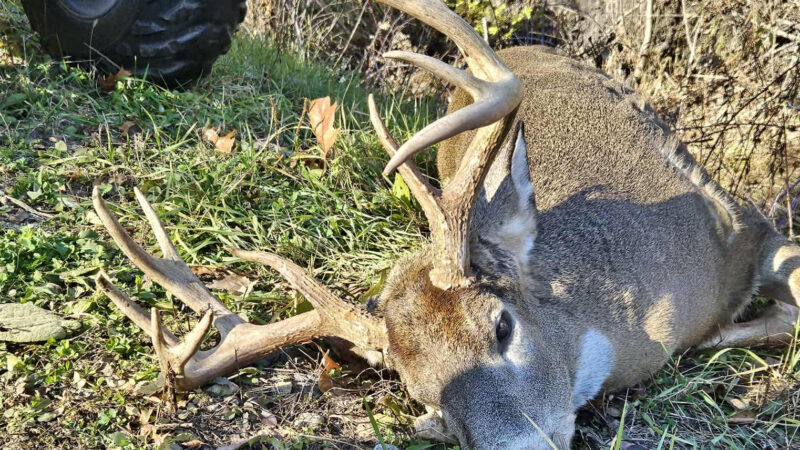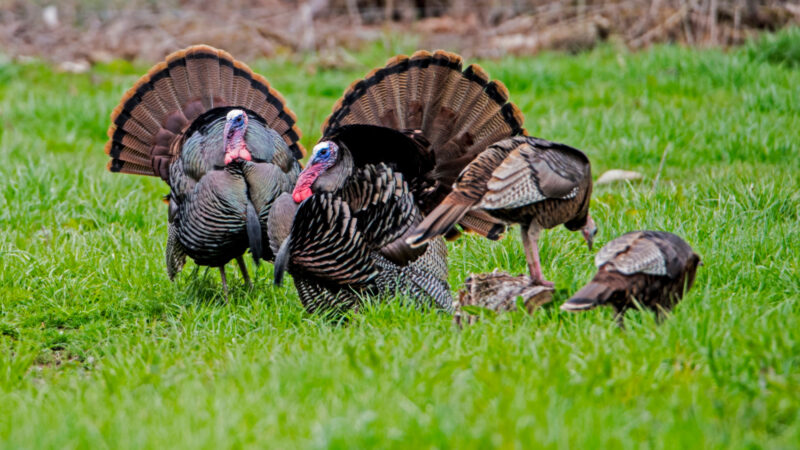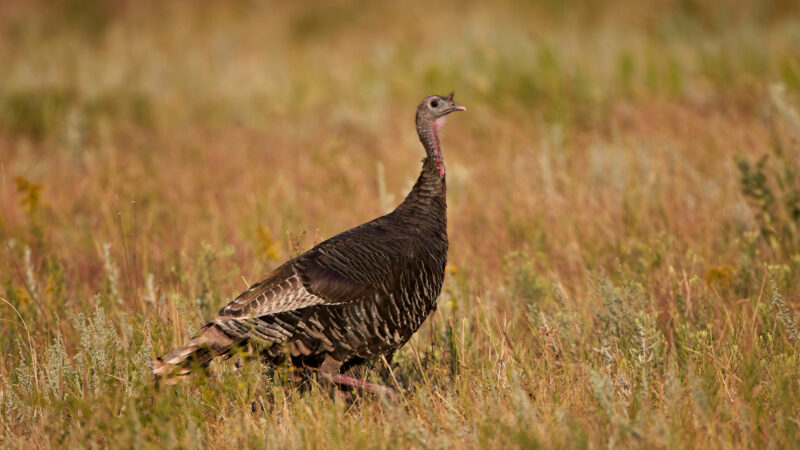Mule Deer Hunting Tips
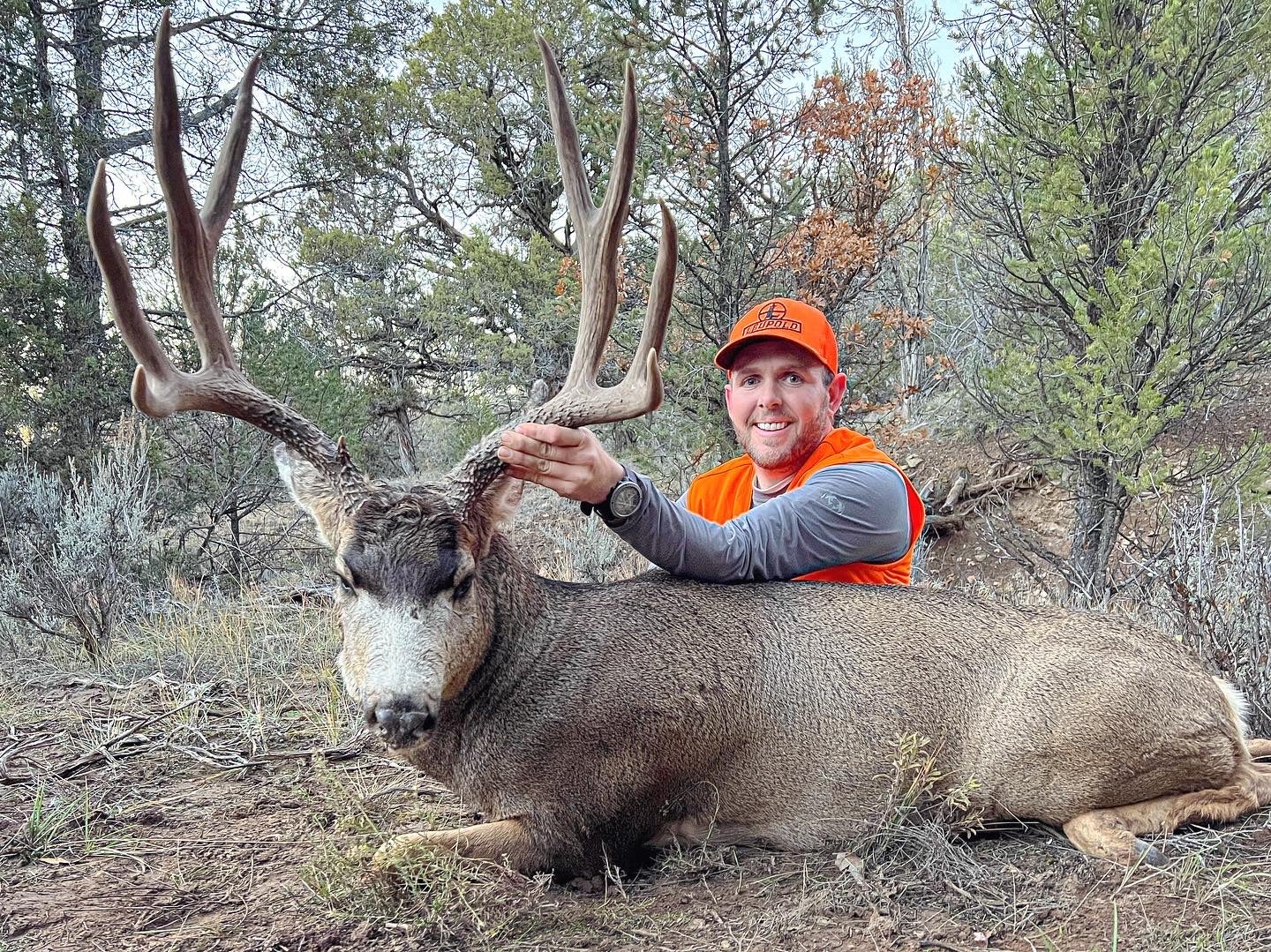
“Mule deer are dumb.” I wish I had a dollar for every time I have heard that incredibly infuriating statement. My typical sarcastic response is something like, “if they are so dumb, then why are your rafters not lined with big bucks?” To which I am usually met with a blank stare, a sorry excuse about the one that got away, or a picture of a young, immature buck. Having hunted mule deer my entire life, and guided in some of the best mule deer country in the West, I can promise you that a mature buck mule deer is far from dumb. In fact, those that hunt and kill mature bucks on a consistent basis would argue the exact opposite. Mule deer hunting for mature bucks is a real-life chess match of epic proportions that requires a specific skill set, honed and sharpened over many years of trial and error.
It’s become increasingly difficult with each passing year, but not impossible. This is proven year after year by hunters who repeatedly hang their tags on mature bucks in heavily pressured areas. So, what’s the secret to success? Nothing can replace valuable boots-on-the-ground experience, but below is a list of mule deer hunting tips and tactics that, when implemented, will set you on the path to hanging your tag on an elusive, mature buck.
Identify Productive Habitat
Depending on when you pursue mule deer will dictate the habitat and elevation that you should focus your efforts on. Through the months of September and October, deer will be spread out from the high country above timberline down to the ag fields in the valley floors. Typically, agriculture areas hold plenty of deer but also create public access difficulties. This factor alone pushes the majority of hunters upward into the millions of acres of National Forest and BLM land across the West. However, with the help of onX and numerous other mapping apps, there are some great hunting opportunities to be had for those willing to hunt small parcels of public land surrounding private property.
Come November and December, deer will vacate the high country and begin their migration toward their wintering range while simultaneously engaging in their breeding season. This both concentrates the deer and increases your likelihood of seeing a mature buck. If you are lucky enough to have a mule deer tag in your pocket during these months, be patient when you find the does as you will likely find a buck nearby.
When deciding where to hunt, assess the terrain and make sure deer have the essentials: feed, water, and cover. Feed and cover can look very different depending on where you are hunting. In higher elevations, focus on basins with north-facing timber groves adjacent to grass-covered, south-facing benches and hillsides. At lower elevations, focus on sage-choked canyons with intermittent bitterbrush and aspen pockets. To narrow it down even more, seek out rugged canyons and basins that have these three necessities but are difficult to access or glass from any roads. Getting even a mile off the road will alleviate a shockingly high amount of the hunting pressure in an area.
Scout for Success

If you were to ask the 10 best mule deer hunters you know what their secret to success is, I can almost guarantee you that every one of them would attribute much of their success to pre-season scouting. Depending on when your hunt is, scouting can take on different roles. When hunting the months of August and September, cover ground in July and early August until you locate a shooter buck and then begin the babysitting process. Mule deer during this time have relatively small core areas and can easily be patterned with a little bit of time and effort. If you watch a buck for three to five days during this time, you will have a good idea of where he feeds, beds, and goes to water. Armed with this knowledge, you exponentially increase your odds of success.
When hunting in October and November, your pre-season scouting will look a little different. Finding bucks early can still be a good indication of the trophy potential in a given unit. But the likelihood of those bucks being in the same area on opening day as they were in August is not very good. With that said, you should still hike your unit and identify access and glassing points prior to your hunt. Your best days of scouting for these later hunts are the few days leading up to opening day. When possible, scout the two to three days prior to opening day. Chances are you will have a game plan to execute on opening morning.
Hunt the Middle of the Day
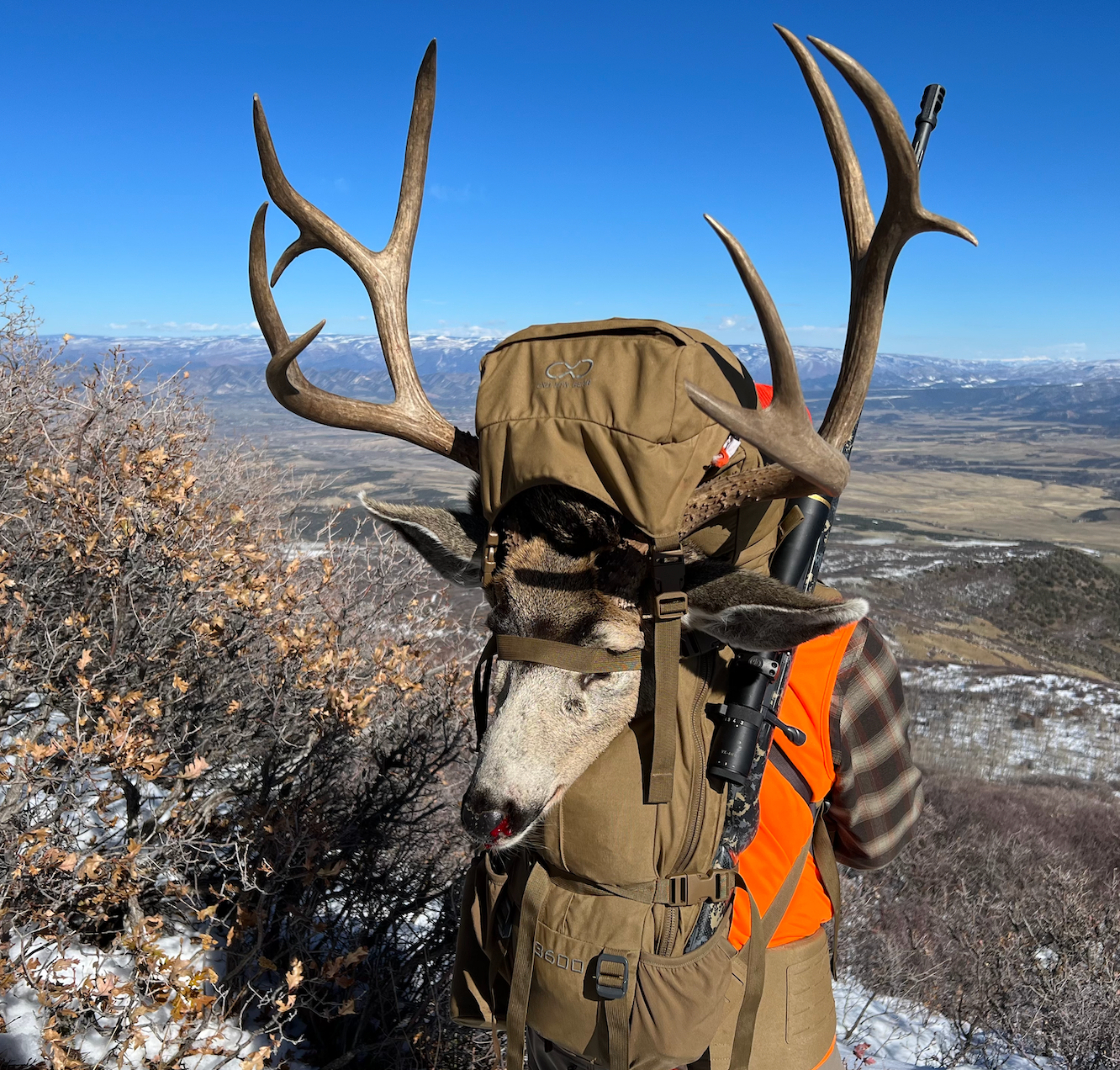
Over the course of hundreds upon hundreds of days pursuing mule deer across much of the West, I have picked up on behavioral and movement patterns that have been the demise of many mature bucks. Everyone wants to hunt early and late, which is great, but mule deer, especially when pressured, adapt to our hunting strategies and often feed during the middle of the day when hunters are back at camp.
Just a few weeks ago, I was in Colorado on a grinder of a mule deer hunt. Pressure was high and deer movement was minimal. One particular afternoon we made it to our predetermined glassing point by 2:30 p.m. and quickly located multiple groups of deer up and feeding. By 4:00, every deer we had seen was bedded down and remained in their beds until after dark. This is not uncommon, especially for mature bucks.
With this in mind, if you are having a difficult time locating mature bucks, don’t be afraid to extend your hunting times and forgo your afternoon siesta back at camp. I don’t know why, but I can tell you from experience that there is something about the 10:00 a.m. and 3:00 p.m. hours that gets deer on their feet. Sometimes it is only for a few minutes, other times it can be for an hour or more, but deer are often on their feet during this time. Use these windows of time to your advantage.
Glass Hard
When hunting mule deer, your optics are likely the single most important piece of equipment in your gear repertoire. Identify numerous vantage points that open up a large chunk of real estate that you can cover with your glass and spend adequate time surveying the country in front of you.
“Adequate time” glassing a particular area is discretionary but bare minimum, give a good vantage point at least an hour before moving on. You will be shocked at the game you see 45 minutes into glassing, even after you have picked apart the basin in front of you a dozen times over. Giving an area time allows bucks that might be bedded to stand and give away their location as well as gives you the opportunity to meticulously dissect the area in search of a flicker of an ear or a glimmer of a tine.
Choose the Right Glass
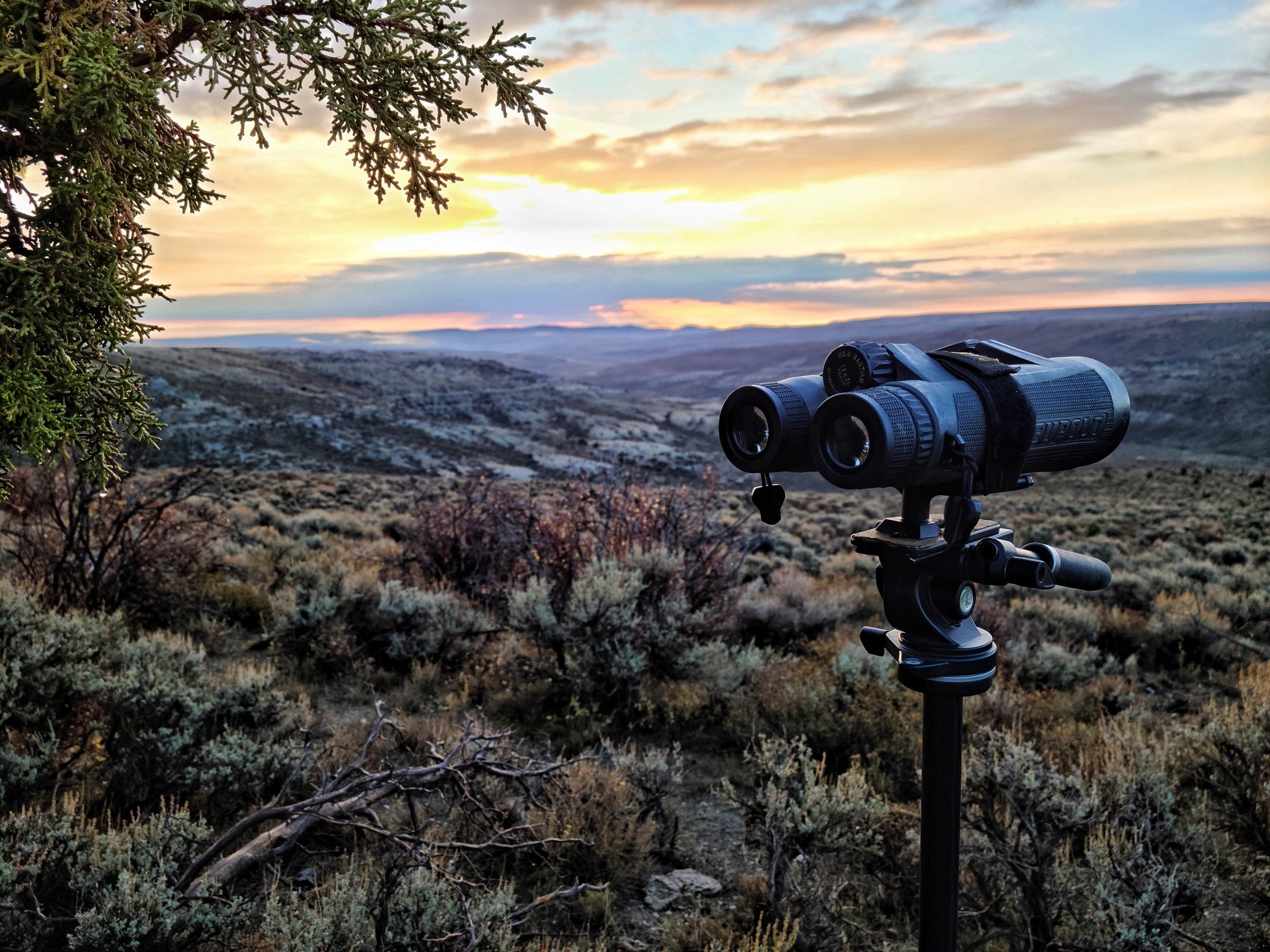
If you want to take your glassing game to the next level, invest in a 15X binocular and pair them with a good tripod. My Leupold BX-5 Santiam 15X56 binocular has easily been the biggest “game-changing” piece of equipment that I have added to my mule deer gear list in the past five years. At times it almost feels unfair glassing with a 15X binocular as you feel there is nothing you can’t see with them.
Shoot Accurately
Equally as important as good optics is a capable rifle topped with a quality scope that you are comfortable and confident with. Hunting mule deer in the West is synonymous with extended shooting distances. That’s not to say you have to be able to shoot 500-plus yards to be successful, but if you can competently shoot 300 yards with precision, you will dramatically increase your odds of success. Expand your shooting practice prior to your hunt to include shooting with sticks and a bipod in real-world hunting scenarios. Doing so will increase your level of confidence when settling your crosshairs on a mature buck as well as help give you a base guideline of what your shooting abilities and reasonable shot distance should be.
Read Next: Best Mule Deer Cartridges
Patience Kills Big Bucks
Consistently hanging your tag on a mature buck is a methodical, often monotonous, routine of proven strategies to outwit a wise ol’ muley. I live by the saying “patience kills big bucks” and it applies to every aspect of mule deer hunting. Be patient when you glass. Be patient during your stalk. Be patient when waiting for a shot opportunity. I can assure you, the mule deer of your dreams is far from dumb and will require an immense amount of patience, determination, and a healthy dose of luck. But there are few hunting endeavors more rewarding and trophies more satisfying than hanging your tag on a mature mule deer buck.
Read Next: A Western Big Game Hunting Guide’s 9 Favorite Guns
Mule Deer Hunting Tips

- Scout terrain, not just deer. Prior to opening day identify access points, vantage points, viable camping locations, potential water sources and familiarize yourself with the topography of your unit.
- Hunt the fringes. Mature mule deer are elusive in nature and rarely come out in wide open areas. Spend much of your glassing time meticulously picking apart the shady edges of timber and aspen groves.
- Wait for a buck bed. It is much easier to stalk a stationary target than one that is still up and moving around.
- Hunt all day during the months of October and November. Many opportunities at mature bucks are missed during the middle of the day simply because less hunters are in the field.
- Slow down. Hunters are often anxious to get to the next ridge and end up missing opportunities at big bucks due to their lack of patience.
- Look close. Backpacking miles into the backcountry can have its benefits, but do not overlook the country in the first mile or two from the trailhead. Some of my most productive areas are commonly overlooked by other hunters because they’re relatively close to a trailhead or road.
Final Thoughts on Mule Deer Hunting
Mule deer are an iconic Western species and mule deer hunting is a worthy pursuit. Mature bucks may be fewer and farther between these days, but they’re still out there. Follow these mule deer hunting tips and develop your own tactics through days, weeks, and years of hard hunting and you’ll find success.
The post Mule Deer Hunting Tips appeared first on Outdoor Life.
Articles may contain affiliate links which enable us to share in the revenue of any purchases made.
Source: https://www.outdoorlife.com/hunting/mule-deer-hunting/


